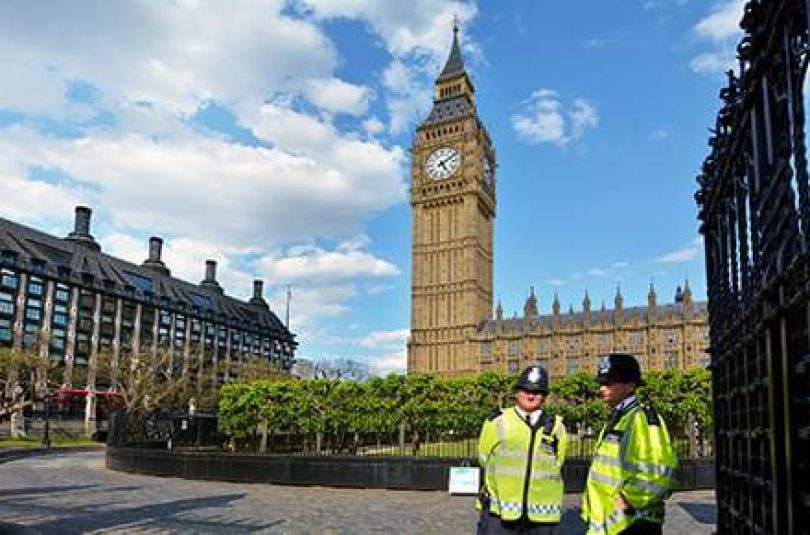The terrorist attack at the Palace of Westminster serves as a hideous reminder of the IRA aphorism that “You have to be lucky every day: we have to be lucky on one day”. Fortunately, and predictably, the Palace of Westminster is one of the most secure establishments in the country. The fact that a policeman has been stabbed to death serves to emphasise the price that is demanded of those who protect us and our democracy. Our thoughts and prayers go out to his family, friends and colleagues at this time.
As, indeed, it does to the innocents on Westminster bridge who were mown down by the vehicle that crashed into them. They will be tourists, Londoners, visitors going about their ordinary business. Our thoughts and prayers are with them. May their God be with them and restore them to health.
The reminder is that we must be prepared at all times.
The wider impact of the incident is that offices surrounding the area, as well as the House, are in lock down, Westminster Station is closed, The London Eye has been closed and people are trapped in their pods. The number of individuals who have been directly affected will amount to hundreds. All with families, loved ones, significant others and companies who will be concerned about their safety.
Facebook is being filled with posts declaring that individuals are safe and other social media is following suit. MP’s are tweeting that they are safe.
It reinforces the view that communication is everything after an incident. Indeed, communication preparation should be determined before and incident occurs. The lessons that were learnt from 9/11, 7/7, and 21/7 are now being restated.
As part of any companies’ business continuity and resilience planning a communications plan must be in place. Companies, organisations, public sector departments must be able to communicate with their colleagues and employees, to ensure that their safety and location is known, to tell them what to do and where to go, and to be able to convey reassurance to them.
Quick, reliable communications apps and procedures are readily available and they are inexpensive. They facilitate the means by which information can be controlled and exchanged and ensure that reaction to incidents can be orderly controlled rather than dominated by disorganised reaction.
Richard Barnes








